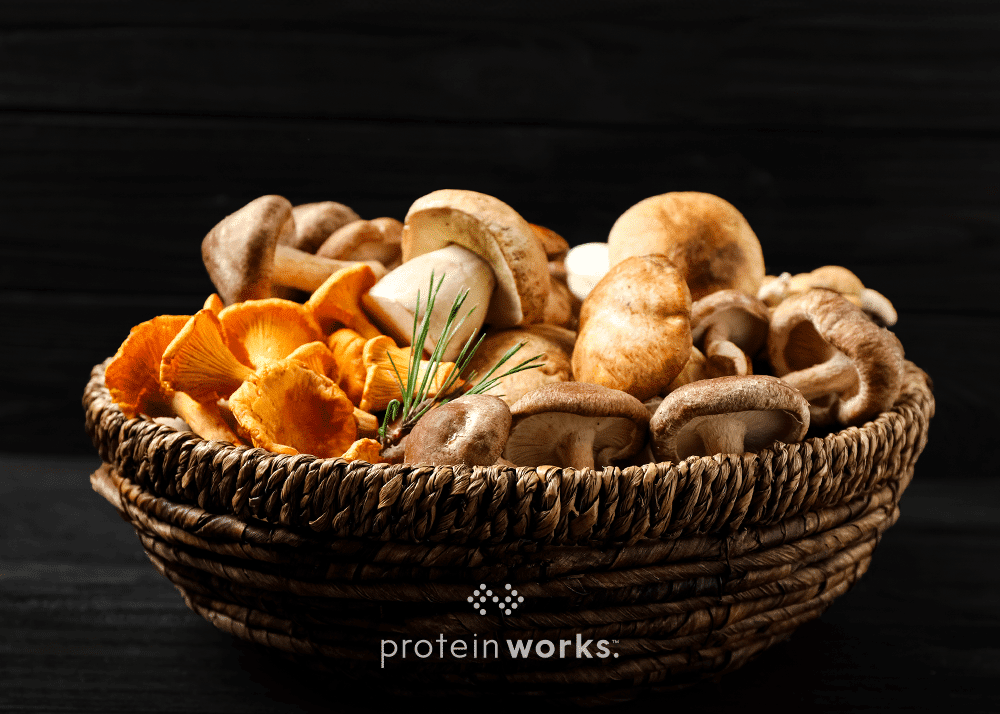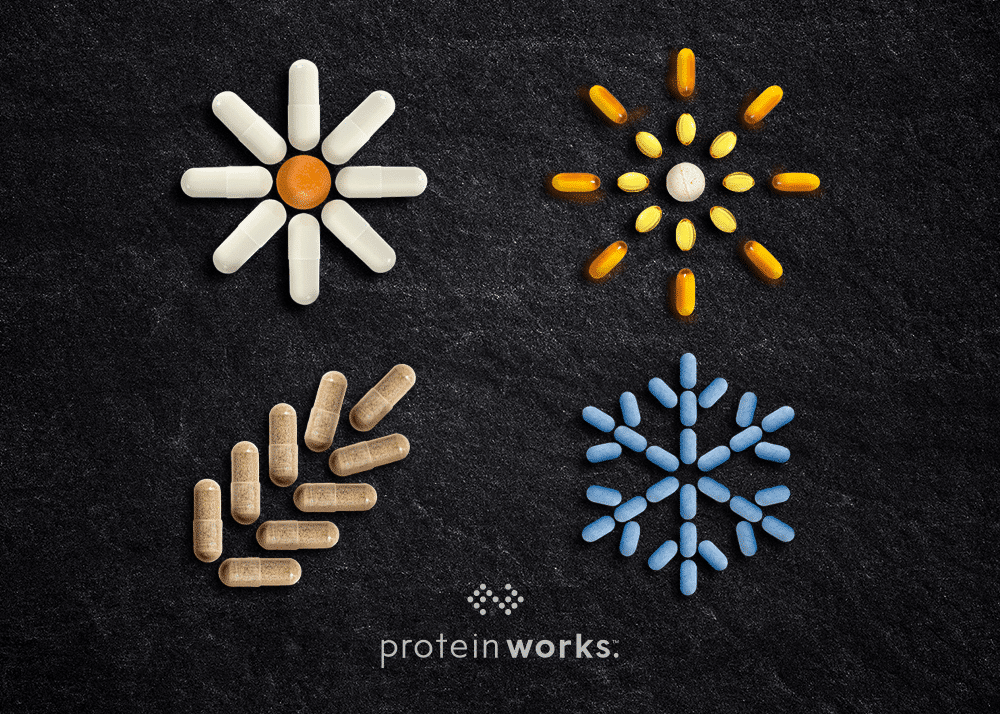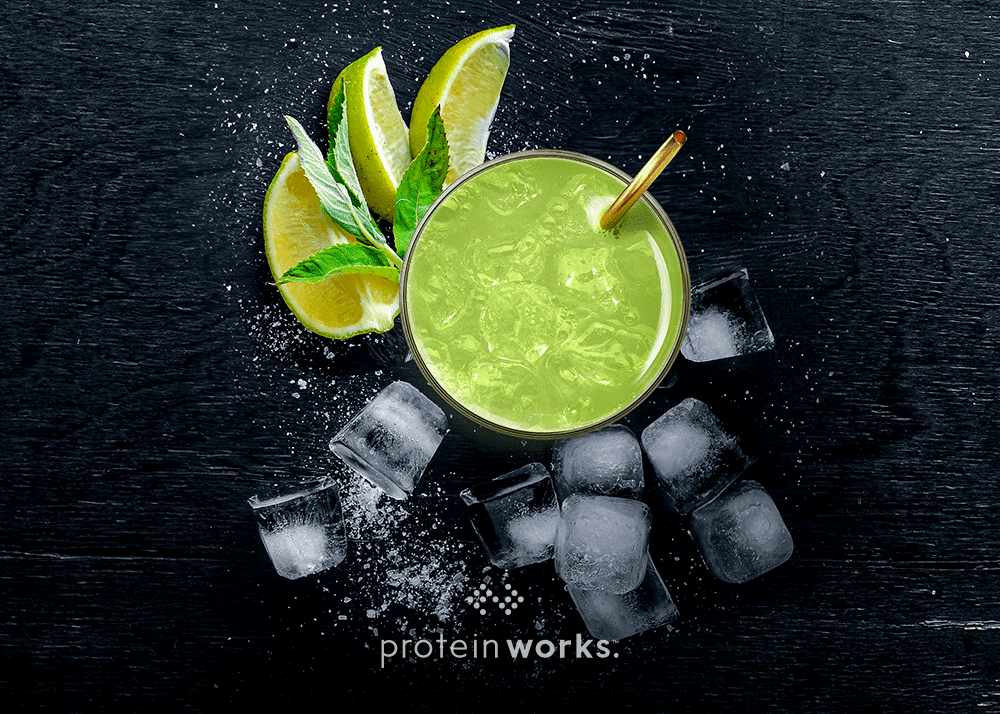
The Basics Of Fat Loss
National guidelines have been around since the early 1900s with the most well-known food pyramids coming into circulation since the 1970s. These pyramids divided food into types and suggested proportional quantities for daily intake. One of the direct implications of these pyramids has been the belief that fat is to be considered bad and for a person to reduce body fat then fat should be reduced. Of course, this may work – dependent upon caloric balance – but arguably a better and more efficient way to elicit fat loss would be to reduce carbohydrate consumption, particularly in the form of simple high-impact carbohydrates from the diet.
Diet & Evolution
 The rules of evolution are that one must adapt or die. The human being has undergone many adaptions throughout our existence and as a result the human body is a very adaptive thing. One easily understandable facet of our adaptability is our capacity to adapt to any diet and survive, though not necessarily thrive. In relation to diet the body will always seek a food source that provides the most readily available caloric input, i.e. carbohydrates. The body does not like to work any harder than it needs to absorb calories and therefore will use carbohydrate as its preferred energy source. However, as it is adaptable, once the carbohydrate source is no longer available it will switch to a less preferential source of energy, i.e. fat.
The rules of evolution are that one must adapt or die. The human being has undergone many adaptions throughout our existence and as a result the human body is a very adaptive thing. One easily understandable facet of our adaptability is our capacity to adapt to any diet and survive, though not necessarily thrive. In relation to diet the body will always seek a food source that provides the most readily available caloric input, i.e. carbohydrates. The body does not like to work any harder than it needs to absorb calories and therefore will use carbohydrate as its preferred energy source. However, as it is adaptable, once the carbohydrate source is no longer available it will switch to a less preferential source of energy, i.e. fat.How To Burn Body Fat
Fat tissue is made up of fat cells. These cells can be considered as balloons that expand and contract as they are filled or emptied of content. When you are not eating (or when enough time has passed from the last meal), your body still requires energy and this must come from the internal stores. The first thing your body does in these situations is to breakdown carbohydrates (stored as glycogen) for energy. It is only when these stores are depleted will the body then move on to the more difficult to process action of converting fats into energy (lipolysis). Consequently, to burn fat it is imperative to empty your body’s stores of glycogen and coax the body to use fat for energy. However, fat stores can’t be burned efficiently without ‘new’ fat being introduced in the diet regularly. This dietary fat helps break down the existing fat by activating PPAR-alpha and fat-burning pathways through the liver.
How does Fat help me build muscle and drop fat?
Eating healthy fats in combination with a good overall eating plan and training regime can significantly increase lean muscle and thereby improve body composition. Research suggests that increased fat consumption (although not overall caloric consumption) increases satiety, increases protein concentration and the size of the bodies’ muscle cells. Furthermore, research also suggests that omega-3 fatty acids stimulate muscle building protein synthesis in older adults and can mediate muscle mass loss as a result of aging.
Fat: Summary
- Eating fat helps burn fat.
- Fat builds muscle.
- Fat helps you feel full.
- Supplementing with Omega 3 fish oil tablets has been shown to help






No Comments yet!